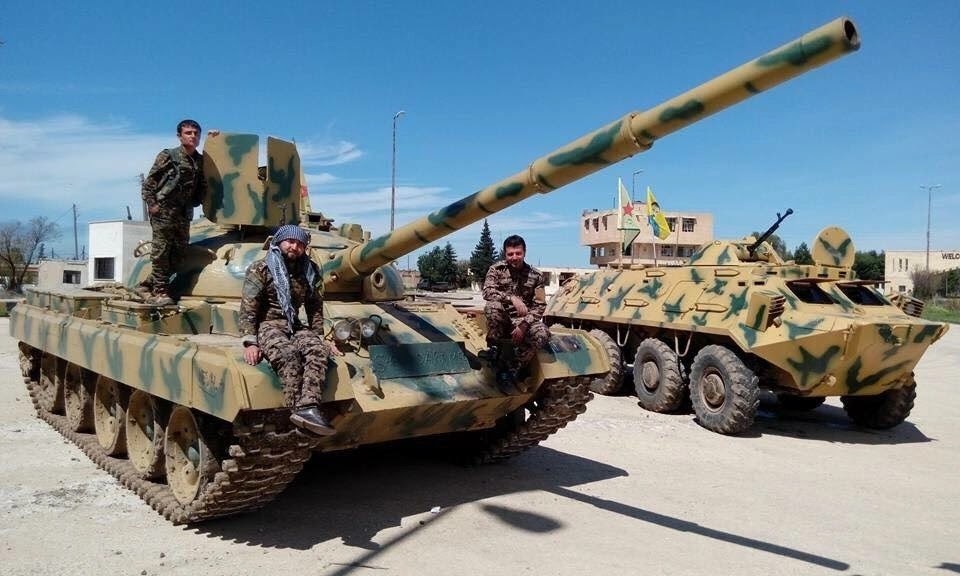,
By Stijn Mitzer and Joost Oliemans
These days Turkish-designed naval vessels
ships operate with navies all around the globe as Turkey is rapidly on
the way towards attaining near self-sufficiency in the naval sector. As
part of this ambitious strive, Turkish shipyards have an ever expanding
portfolio of naval ships on offer. When in 2013 Turkey launched a
tender for a new class of fast attack craft (FAC) to replace the ones
currently in Turkish
Navy service, it could make a selection out of close to 30 domestic
designs, showing that the scope of the country's naval design craze can
hardly be overstated. [1] [2]























































